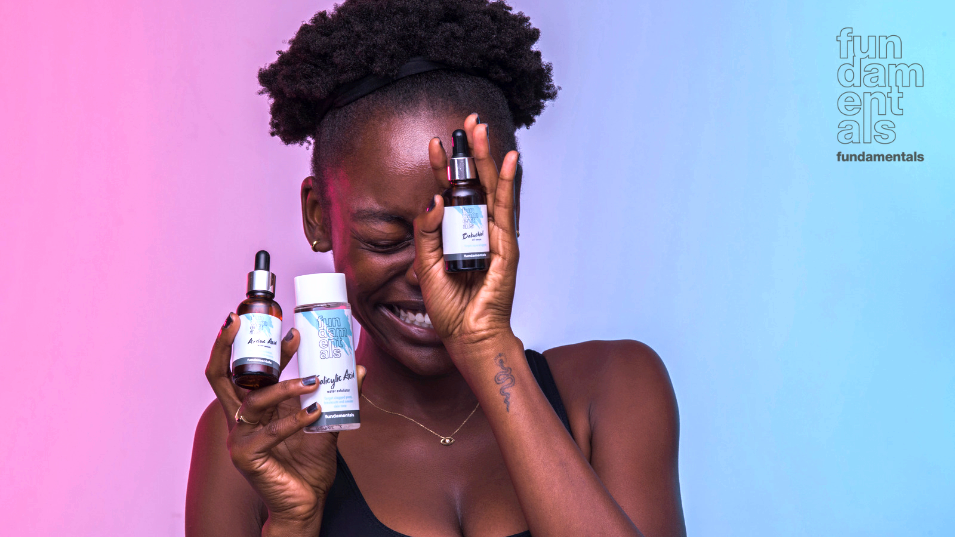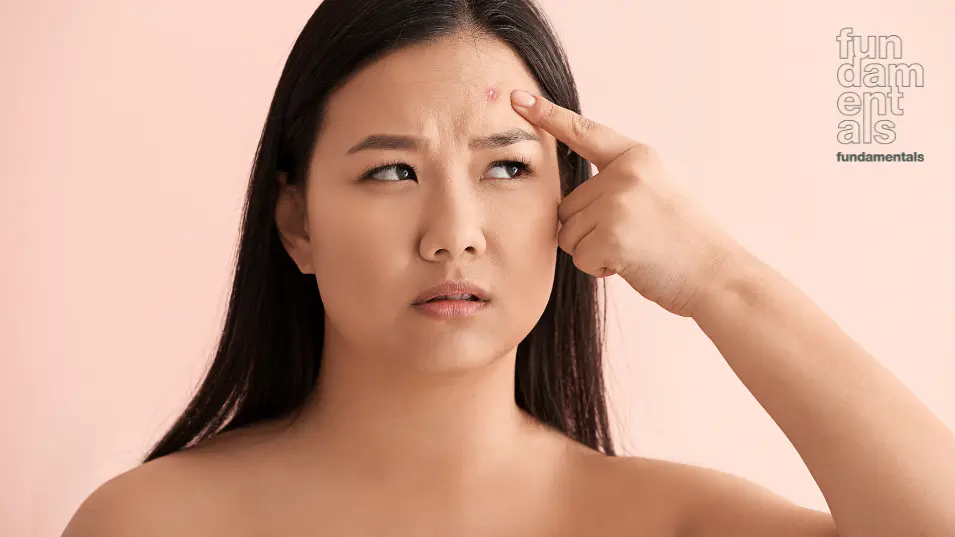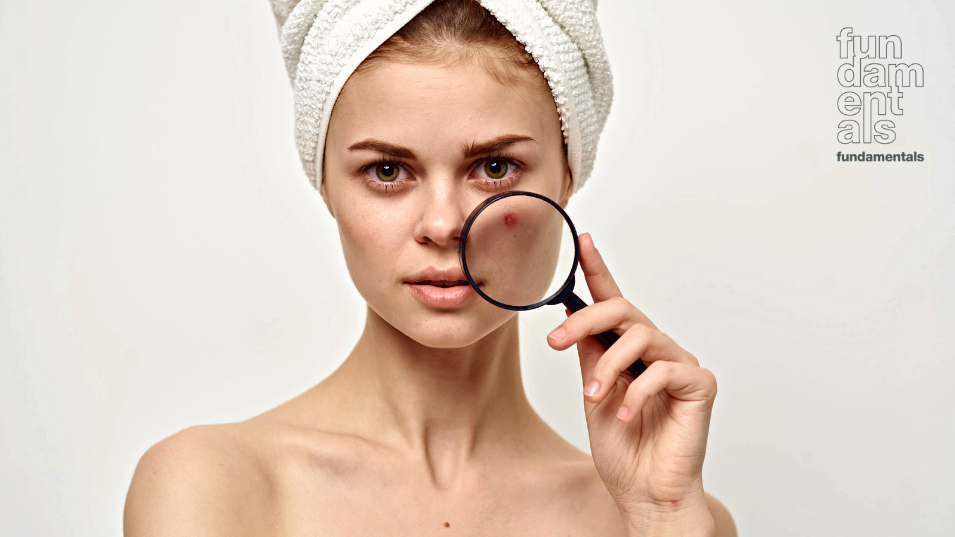February 2023, South Africa – Zits, pimples and breakouts – we are all too familiar with these terms and most of us have experienced it at some stage in our lives. Acne awareness is something local skincare brand Fundamentals Skincare focusses on with an aim to close the education gap and begin the process from cause to cure.
85 percent of young adults may struggle with some sort of acne, making it one of the most common skin concerns. Acne can be related to diet, hormones, environment and even genetics. However, this does not mean that acne is not treatable.
Natasha Davel from Fundamentals Skincare explained that starting your journey from cause to cure heavily consists of proper diagnosis and understanding your skin and its triggers. Dermatologists recommend considering the below before embarking on your journey to clear looking skin:
Knowing the types of acne in order to identify which one you suffer from.
- Pimples (pustules): Pus-filled bumps (papules);
- Papules: Small, discoloured bumps, often red to purple or darker than your natural skin tone;
- Blackheads: Plugged pores with a black top;
- Whiteheads: Plugged pores with a white top;
- Nodules: Large lumps under your skin that are painful;
- Cystic: These are large, red boils developing from deep under the skin. They are pus-filled lesions that look similar to boils.
Now, that you know what acne you suffer from, you might be wondering how do go about treating it. Here are basic guidelines to help keep the stress off:
- Acne such as pimples, papules, blackheads and whiteheads are common and can appear anywhere on the body. They can be caused by clogged pores, hormones, environmental triggers and diet. This can be treated with the correct skincare products and consistent care.
- Acne such as nodules and cystic acne is mostly hormonal and are not caused by any skincare products or environmental factors. These appearances mainly show themselves on your jawline and chin and can be very painful. To effectively treat this kind of acne you should seek professional help.
Now that you have identified your acne and started treating them effectively, you will probably be left with post-acne marks and pigmentation. This happens because your skin cells react to damage or irritation by making extra melanin, post-inflammatory hyperpigmentation is the result. This skin condition shows up as tan, brown, dark brown, or even blue-gray patches and spots on your skin.
Your best bet in treating this skin condition is to use products with active ingredients suitable to your skin type to help fade away your post-acne scars. Look for products that have alpha hydroxy acids (AHAs), beta hydroxy acids (BHA’s), retinoids, niacinamide, alpha arbutin and azelaic acid. These ingredients work to cure your skin from the injury of acne. Remember to also apply a high SPF to the area daily to avoid further damage to the skin.






